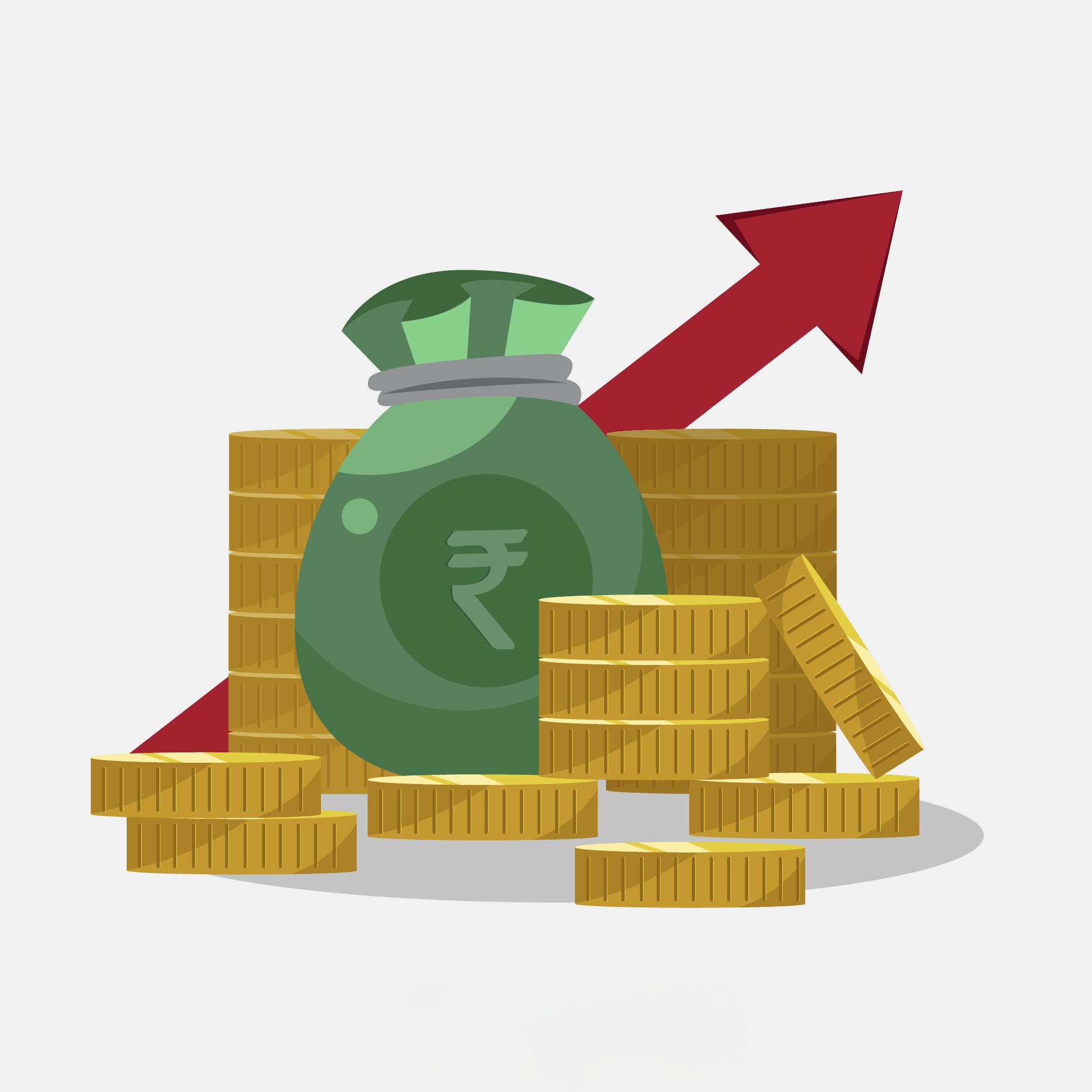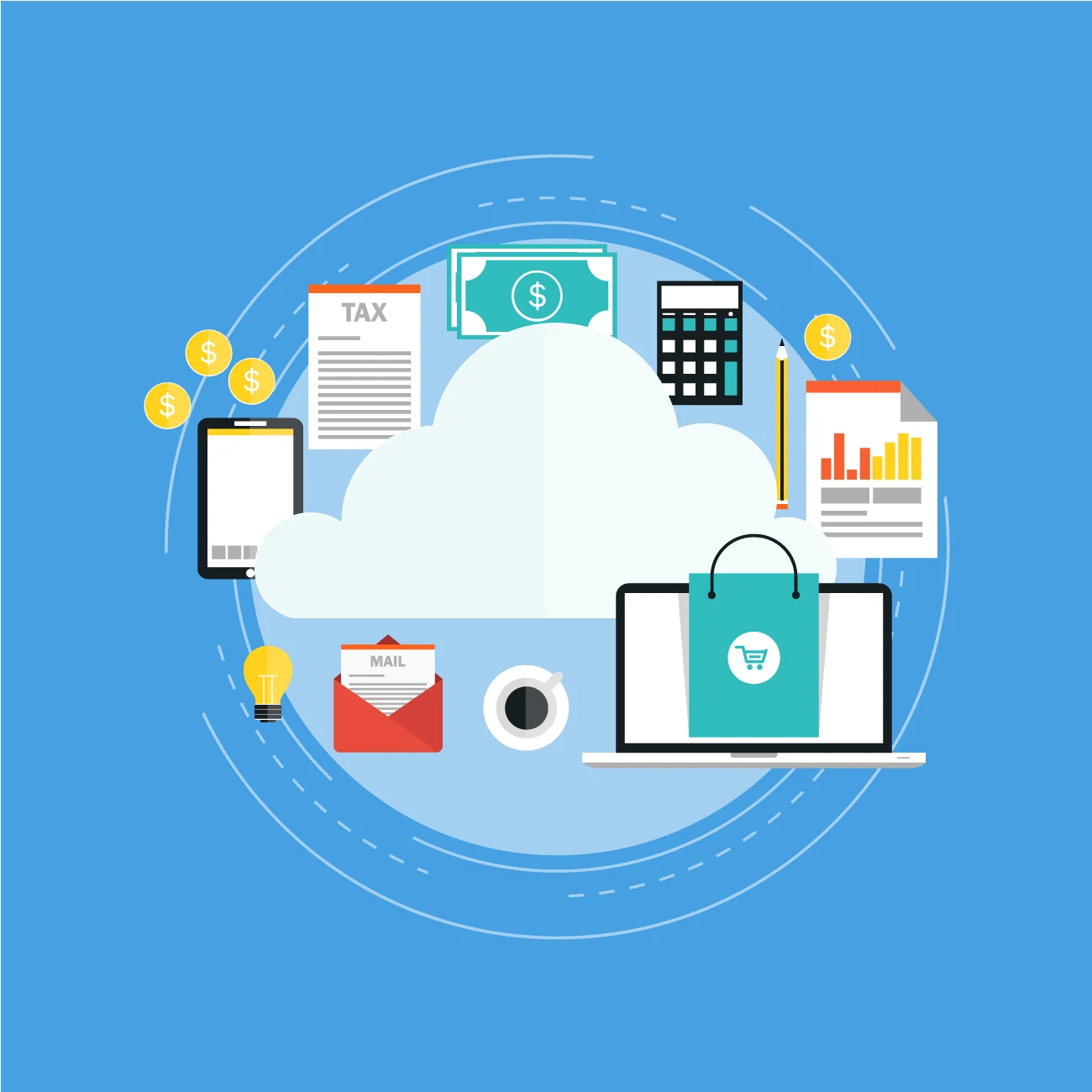So, you’ve validated your startup idea. Users are interested, feedback is positive, and there’s a genuine pain point in the market. What’s next? For founders in Pakistan and other emerging markets, turning a validated idea into a revenue-generating business isn’t just about scaling it’s about building smart, staying lean, and monetizing with precision.
This guide walks you through that critical next phase, using Pakistani startup case studies and proven frameworks tailored for our market realities.
1. Choosing the Right Business Model for the Local Market
Your validated idea needs a business model that fits both your customer behavior and market dynamics. Use the Business Model Canvas to define:
- Customer segments: Are you serving SMEs like Bazaar and Tajir? Or consumers like Bykea and Airlift?
- Value propositions: What core problem are you solving?
- Revenue streams: Are you charging customers, taking commissions, offering freemium models?
Bazaar began as a digital ledger for small retailers, but through market feedback, they discovered the demand for wholesale inventory and pivoted to a full-fledged B2B marketplace. Their revenue model evolved from transactional fees to embedded fintech offerings.
2. Define Your Value Proposition & Early Revenue Channels
Validated demand doesn’t always equal immediate revenue. Define what users are actually willing to pay for.
Use the Jobs-To-Be-Done (JTBD) framework:
- What “job” are users hiring your product to do?
- Is your solution saving time, reducing costs, or enabling access?
Edkasa realized that students needed affordable, high-quality exam prep content. By partnering with telcos and offering bite-sized video content via mobile, they tapped into scalable early monetization channels through subscriptions.
3. Build Lean, But Focus on ROI
Don’t overbuild. Focus on core features that deliver direct value and can be monetized.
Follow the Lean Startup principle:
- Build an MVP that solves one clear problem.
- Measure real usage and willingness to pay.
- Learn and iterate quickly.
Tajir launched with a very basic Android app allowing shopkeepers to order inventory. No fancy dashboards or UX just functionality. The simplicity allowed them to validate demand and optimize logistics without burning cash.
4. Understand and Optimize Your Unit Economics
Founders in Pakistan often skip the math. Don’t.
Start by calculating:
- CAC (Customer Acquisition Cost): How much do you spend to acquire one user?
- LTV (Customer Lifetime Value): How much revenue does one user bring over time?
Ensure your LTV > CAC for a sustainable business.
Tip:
Use proxies for these numbers initially. If you spend Rs. 5,000 on a Facebook ad campaign and acquire 100 paying users, your CAC is Rs. 50. If each spends Rs. 500 over 3 months, LTV is Rs. 500.
5. Pricing: Avoid These Common Mistakes
In Pakistani markets, pricing sensitivity is real. But underpricing or offering everything free is a trap.
Common mistakes:
- Copy-pasting Silicon Valley freemium models
- Offering free lifetime access “to build traction”
- Not testing price elasticity
Set your initial pricing tiers by:
- Running user surveys on willingness to pay
- A/B testing pricing on landing pages
- Benchmarking against indirect competitors
Bykea introduced a basic delivery fee structure that still undercut traditional logistics but avoided free service beyond promotional periods. Their pricing evolved based on city-specific affordability.
6. Test Monetization Before Scaling
A validated idea isn’t a business until revenue is real and repeatable.
Pre-scaling checklist:
- Do at least 10 users pay without heavy discounting?
- Can you deliver the service/product at a margin?
- Is retention happening beyond the first sale?
Airlift initially tested revenue through fixed-route bus services. Only after validating demand and unit economics did they pivot to quick commerce with tighter monetization models.
7. Avoid Monetizing Too Early or Too Late
There’s a balance.
Monetizing too early:
- Kills usage before you’ve nailed the product
- Creates bad PR when you pivot pricing
Monetizing too late:
- Trains users not to pay
- Leaves no room to experiment with paid features
Advice:
Start testing monetization as soon as you’ve got steady usage even if it’s just small payments, donations, or tiered trials.
8. Real Startups That Moved from Validation to Revenue
Tajir:
Started as a validated idea of solving supply chain gaps for retailers → Monetized through order volume → Now expanding fintech integrations.
Bazaar:
Identified pain points in shopkeepers’ procurement process → Offered digital procurement → Monetized via commissions + financial products.
Edkasa:
Understood the need for quality edtech content → Monetized early via telco deals → Now scaling with broader course offerings.
9. Founder’s Quick Checklist
1- Have I picked a business model that matches the market’s behavior?
2- Do I know my most monetizable value proposition?
3- Have I calculated a rough CAC and LTV?
4- Have I tested at least one pricing tier with real users?
5- Is revenue starting to trickle in (not just traction)?
6- Am I learning from revenue, not just user feedback?
Final Thoughts
Building in Pakistan comes with its own challenges but also unique opportunities. When you’ve validated an idea, don’t rush to scale or stall in perfectionism. Instead, build lean, test smart, and monetize with intent.
A validated idea is the beginning. A profitable business is the goal.
FAQ
It depends on your audience and product, but marketplaces (like Bazaar), on-demand platforms (like Bykea), and subscription-based models (like Edkasa) have shown strong potential in Pakistan.
Start with user feedback and test different price points using techniques like A/B pricing or willingness-to-pay surveys. Avoid undervaluing — even in cost-sensitive markets.
Begin testing monetization as soon as you have clear user traction and feedback. Waiting too long risks misalignment with what users are willing to pay for, while starting too early can scare away potential loyal users.




